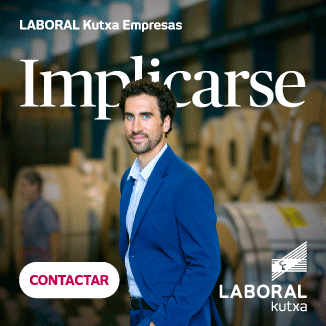[dropcap]C[/dropcap]uando iniciamos un proyecto pensamos mucho en ello: ¿nos irá bien?, ¿costará mucho?, ¿qué tipo de ayuda necesitaremos? Pues bien, hoy toca reflexionar y, para ello, tomaremos como base la siguiente definición: “Arte, traza para dirigir un asunto” o esta otra “Serie de acciones muy meditadas, encaminadas hacia un fin determinado”. Sí, estamos hablando de estrategia.
Para definir las líneas estratégicas hemos de conocer, en la medida de lo posible, el estado del arte de la actividad o proyecto, las condiciones legales y contractuales (el contrato con el cliente nos da las pautas de trabajo, nos plantea las dudas que necesariamente debemos consultar, nos fija los criterios a cumplir), las necesidades de recursos, las colaboraciones necesarias.
Posteriormente, debemos plantear diferentes vías para resolver (ejecutar) el proyectorespetando los detalles analizados anteriormente, que no necesariamente han de cubrir todos los aspectos de principio a fin, sino que cada uno de los caminos elegidos permiten el desarrollo correcto de ciertas partes que, unidos y coordinados de forma adecuada, facilitan la consecución exitosa de los objetivos previstos.
Las estrategias deben ser meditadas en profundidad con el fin de evitar cambios sustanciales en las líneas elegidas. No obstante, siempre hay posibilidad de rectificación.
Así pues, analicemos las circunstancias que rodean nuestro proyecto (competencia, métodos, presupuestos, requisitos, mercados) a través de un análisis DAFO como metodología habitual y sencilla, aunque existen otras, si se trata de emprender una nueva actividad. Si lo que hay que desarrollar es un determinado contrato, que debería ser tratado como un proyecto, estudiemos las condiciones y añadamos nuestra experiencia para llevarlo a cabo. Esto nos abrirá infinidad de caminos (estrategias) para hacerlo.
“Donde hay una empresa de éxito alguien tomó alguna vez una decisión valiente”. (Peter Ferdinand Druker).
Thinking over actions
[dropcap]W[/dropcap]hen we start a project, we think about it a lot: will it work? Will it cost a lot? What kind of help will we need? Well, today we have to think over, and for this, we will take as a basis the following definition: «Art, trace to direct a subject» or this other «series of actions very thoughtful, directed towards a determined purpose». Yes, we are talking about strategy.
In order to define the strategiclines, we have to know, as far as possible, the state of the art of the activity or project, the legal and contractual conditions (the contract with the client gives us the working guidelines, raises the doubts that necessarily we must consult, it sets the criteria to be met), the needs of resources, necessary cooperation.
Subsequently, we must propose different ways of solving the project, respecting the details analysed above, which do not necessarily cover all aspects from beginning to end, but each one of the paths chosen allows the correct development of certain parts that, added and adequatelycoordinated, facilitate the successful achievement of the objectives.
Strategies should be considered in depth in order to avoid substantial changes in the chosen lines. However, there is always the possibility of rectification.
So, let’s analyse the circumstances surrounding our project (competition, methods, budgets, requirements, markets) through a SWOT analysis as a common and simple methodology, although there are others, if it is to undertake a new activity. If what has to be developed is a certain contract, which should be treated as a project, study the conditions and add our experience to carry it out. This will open up an infinite number of ways (strategies) to do so.
«Where there is a successful company, someone has ever made a bold decision.»(Peter Ferdinand Druker)
Más información: GESPROSAL




















